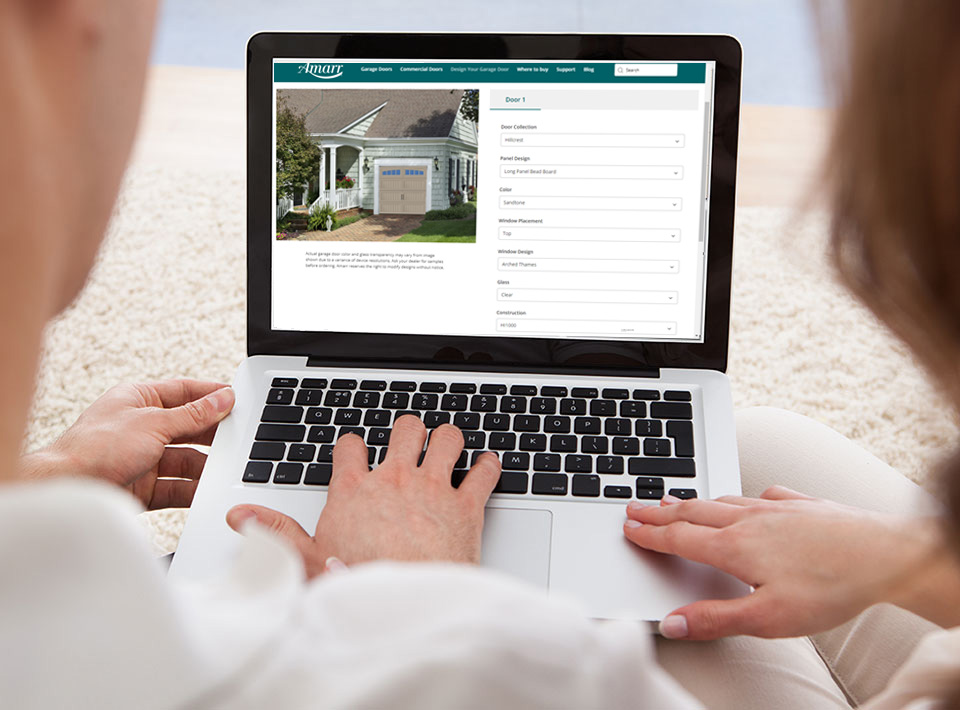14 Ways to Make Your House More Energy Efficient
- Aug 29, 2025
- Seasonal Tips
- 9 minute read
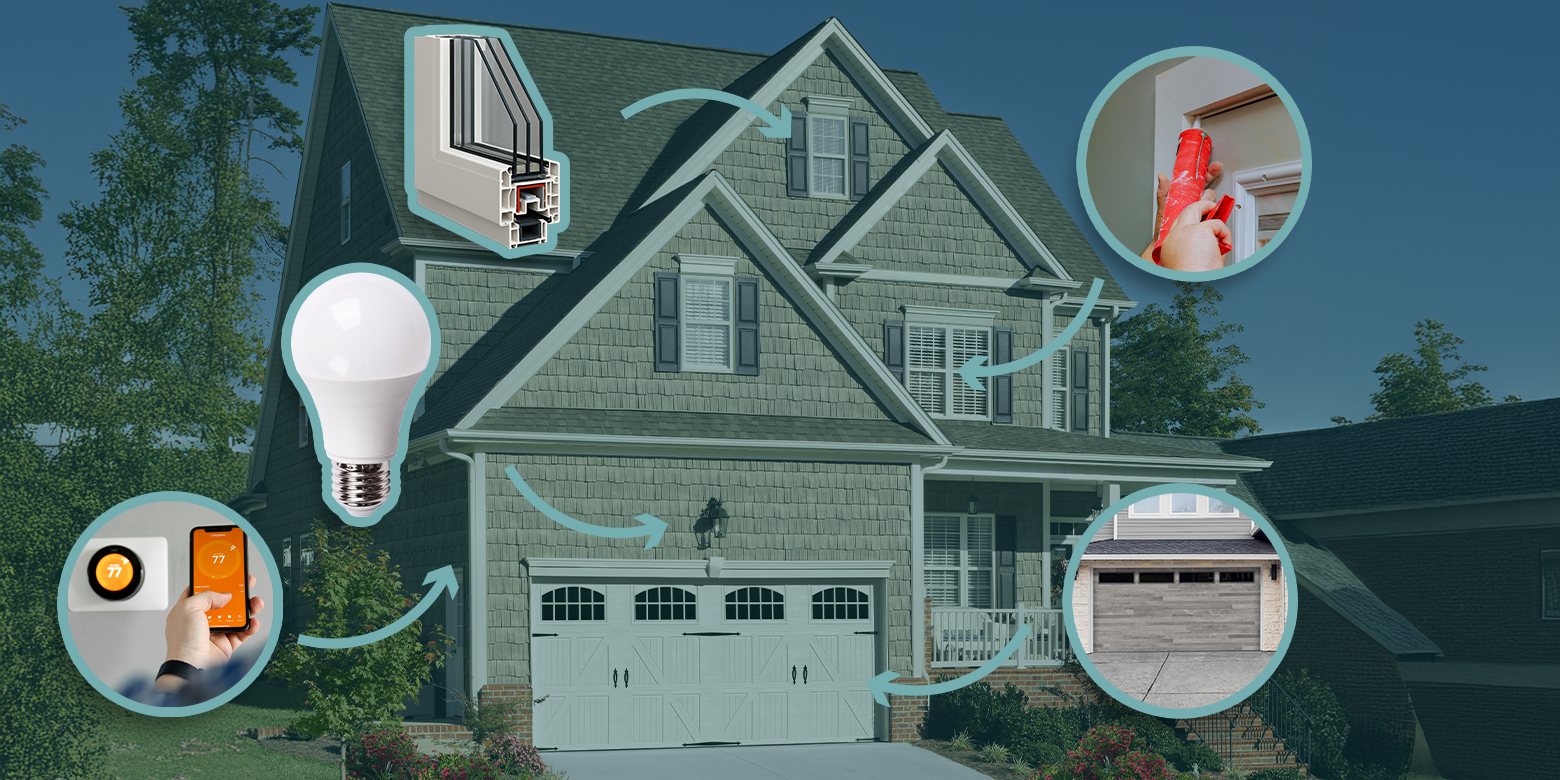
For most homeowners, the energy bill isn’t just another line item—it can be a large monthly expense. The good news is small changes around your home (and yes, even in your garage) can add up to big savings and greater efficiency. Let’s dive into 14 smart, practical ways to make your home more energy efficient and keep those costs under control.
Understanding Home Energy Efficiency Basics
Making your house even slightly more energy efficient can add up to significant savings. And the earlier you enact energy-saving tips, the more you’ll save in the long run.
Many of these energy-efficient upgrades also have other benefits, such as making your property more valuable, your house more beautiful, and your home more disaster proof.
How To Make Your House More Energy Efficient: 14 Strategies
Here are some strategies you can employ to make your house more energy efficient:
Perform an Energy Audit
The first step toward home energy efficiency is to find out how energy efficient your home already is. Most utility companies allow you to track how much energy you use in a given month, so you can log this information and see how it changes over time. You can do research online to see how this compares with other households similar to yours or ask your friends and family about their power usage and utility bills.
You may also choose to hire an energy professional to perform an energy audit. They can probably provide insights that better contextualize the information and offer some tips to become more efficient.
Reduce Phantom Power Usage
Many people leave their phone and device chargers plugged in all the time. This is inadvisable. When these chargers are plugged in, they extend the electrical current, using small amounts of electricity that can add up over time.
And if chargers are an energy waste problem, imagine how much of an issue TV sets, game consoles, and other appliances can be. Unplugging these every night when you go to bed reduces phantom power usage. However, it’s easy to forget this, so investing in some power bars with a timer will ensure they switch off at the same time every night.
Seal Cracks
A lot of the energy our homes use goes to temperature control—heating when it’s cold out and air conditioning when it’s hot out. However, many houses, especially older homes, get drafty. Small cracks, often around windows, can let heated or cooled air out. Staying vigilant about sealing these cracks can make a difference on your energy bill.
Seal Ductwork
Ducts carry hot or cold air through your home. If your ducts aren’t sealed well, the air escapes before it gets where it needs to be. Sealing ductwork helps your home's HVAC system operate more efficiently.
Install Insulation
Sometimes the temperature of your home doesn’t seep out through gaps or cracks in your wall, but through your wall itself. Uninsulated walls don’t provide much of a barrier between the outside air and the air inside your home. Insulation can be a hassle to install and a potentially expensive home improvement project, too.
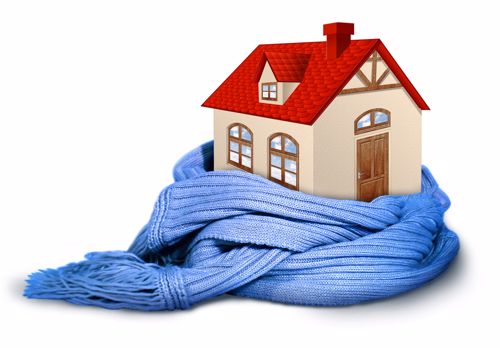
A well-insulated home locks in comfort while lowering energy costs.
However, adding insulation might pay for itself by dramatically reducing your energy costs and possibly increasing the value of your home. And it’s not just walls; insulating attics, floors, and crawl spaces can all make a significant difference. Adding insulation and reducing leaks could save you 10% on your total energy costs.
Wrap Up Your Water Heater
You might also consider insulating your water heater. This is a less expensive and complex process than installing loft insulation—you can just wrap a blanket around your water heater. This keeps the water inside warmer and reduces the amount of power necessary to heat the water every time you turn on a hot water tap.
Install an Insulated Garage Door
Don’t forget about your garage! An insulated garage door can make a surprisingly big difference to the overall energy consumption of your house. First, if you spend time in your garage—fixing up your vehicle, pursuing your interest in painting, or just enjoying brief moments of quiet—then you want your garage to be roughly the same temperature as your home. This is unlikely to be the case if your garage door isn’t insulated.
Second, even if you don’t spend much time in your garage, it still affects your home’s temperature. Attached garages are easy pathways for heat loss from your home. An insulated garage door is a great fix for this.
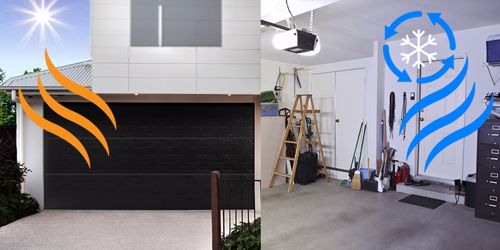
An insulated garage with an insulated door can cut down on energy costs.
When looking at insulation, consider the R-value and U-factor of a garage door. The R-value is a measure of thermal resistance. The U-factor measures thermal transmittance, the rate of heat transfer through a garage door. Insulated doors have lower U-factors, meaning they don’t allow for much transmittance.
Upgrade Your Windows
If you replace old windows with new ones that have the Energy Star label—meaning they meet the criteria of the government-backed Energy Star program—you'll discover that these windows are great for saving energy because they also have low U-factors while still letting in the same amount of natural light.
Switch to Energy-Efficient Appliances
Energy Star also provides its label to various products that meet its standards for efficient energy use. An energy efficient appliance requires less electricity to perform the same functions as a less efficient option.
Utilize a Clothesline or Drying Rack
If you use your dryer for every load of laundry, you may want to rethink that practice. Dryers can be very energy intensive, and harsh on clothing, too. Hanging up your clothes to dry outside on a line or inside on a drying rack can make a dent in your energy bill. And consider setting your washing machine to cold for some loads, as water heating also requires a great deal of energy.
Use Your Dishwasher
Hanging up your clothes to dry might be a little more labor-intensive, but when it comes to dishes, the easier method is actually better! Not only are dishwashers typically more water-efficient than handwashing, they’re also often more energy efficient. This is especially true if you have a dishwasher with the Energy Star label and even more so if you use a low- or no-heating option.
Switch to LED Lighting
LED lights are the most energy-efficient option, and an LED is much more efficient than an incandescent bulb. Modern LEDs can be very warm and come in a range of colors.
Cool Your Roof
Roof shingles have traditionally been dark colors, but these absorb heat. Lighter-colored shingles can reflect light, so not as much heat stays on your roof. This means you won’t have to run your air conditioner as much. You could even invest in solar panels, keeping your roof cool and using your own renewable energy to cut down on utility bills.
Use an Automatic Garage Door Opener
You can use automation to reduce your energy usage. For example, a smart thermostat can maintain different temperatures based on the time of day. An automatic garage door opener can increase energy efficiency by keeping your door closed even if you forget to push the button as you pull out of your driveway. These door openers can even interact with another smart device, like a programmable thermostat.
FAQs About Making Your Home More Energy Efficient
Here are some frequently asked questions about home energy efficiency:
Why Is My House so Energy Inefficient?
Only an energy audit on your home can truly answer this question. However, the culprit in these situations is usually a lack of insulation, inefficient windows, and gaps in the walls. Older, non-energy-efficient appliances may also be causing your problem.
What Saves the Most Energy in a House?
Again, it depends on the house. For older homes, new windows, insulation, and an insulated garage door can be the biggest energy-saving measures. But smart and energy-efficient appliances can also help.
Do Energy-Efficient Upgrades Actually Save Money?
Over time, they definitely do. If you think you might move within a year or two, maybe certain upgrades aren’t worth it. However, many of these upgrades can actually increase the value of your home. And there may be tax exemptions or government credits that might make it more appealing.
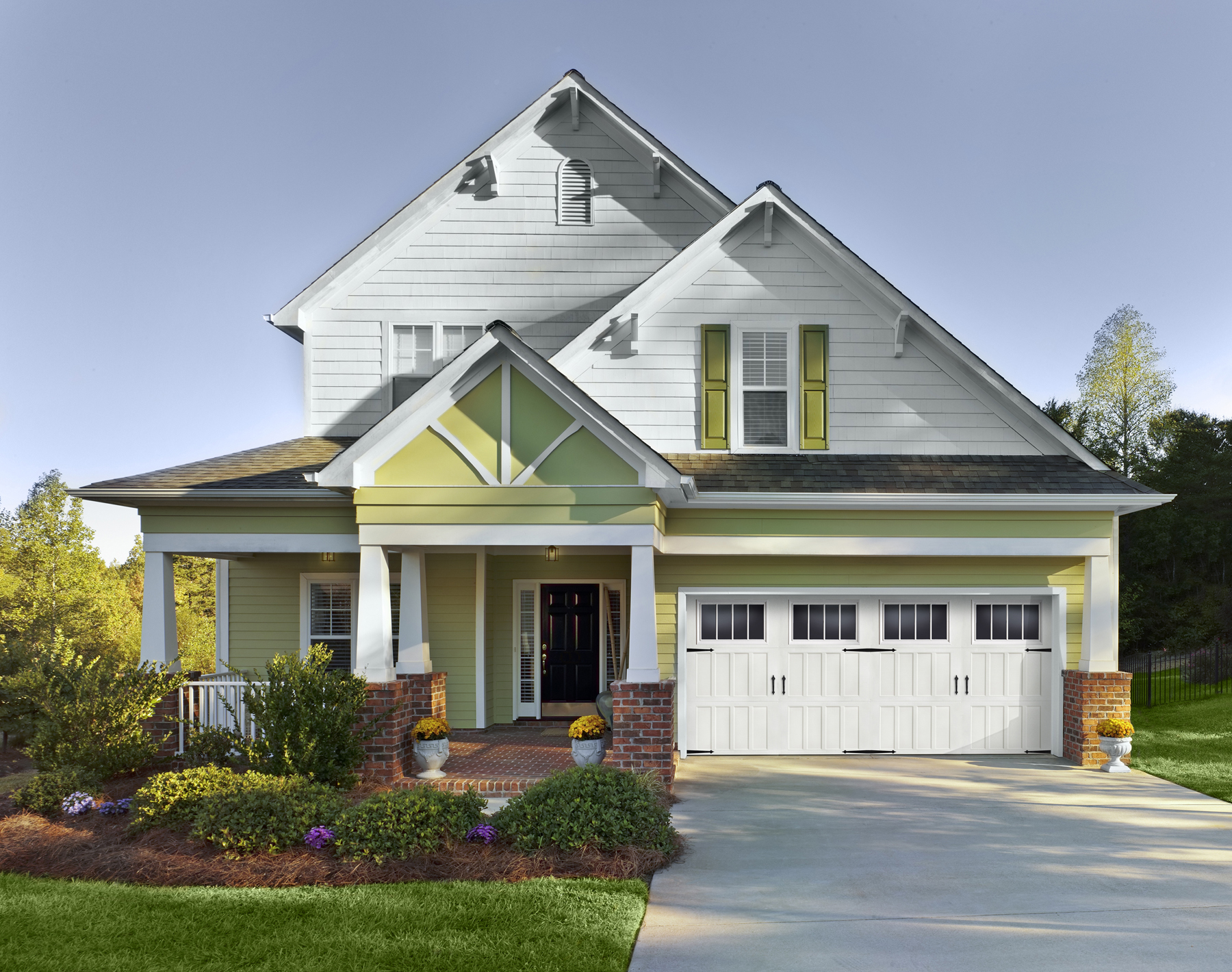
A new insulated garage door can save you money on your energy bill and add to the value of your home.
Are Detached Garages More Efficient Than Attached Garages?
A detached garage won’t affect the energy efficiency of your home. However, if you spend enough time in your detached garage to warrant a heater or air conditioner in there, you should also consider installing a new insulated garage door.
Increase Energy Efficiency With a New Garage Door
An insulated garage door is an often-overlooked but effective way of bringing down energy costs. You’ll likely find you spend less on heating in the winter and cooling in the summer if you install a brand new insulated garage door.
But while insulation is important, so are aesthetics. You want your new door to match the style of your home. What kind of door would look best on your property?
Amarr can help you answer this question. Not only do we have a plethora of models in different styles and comprising different materials, we even have a function that enables you to see what our doors might look like on your home. Use our easy door designer tool below to test out how different styles fit your property.

